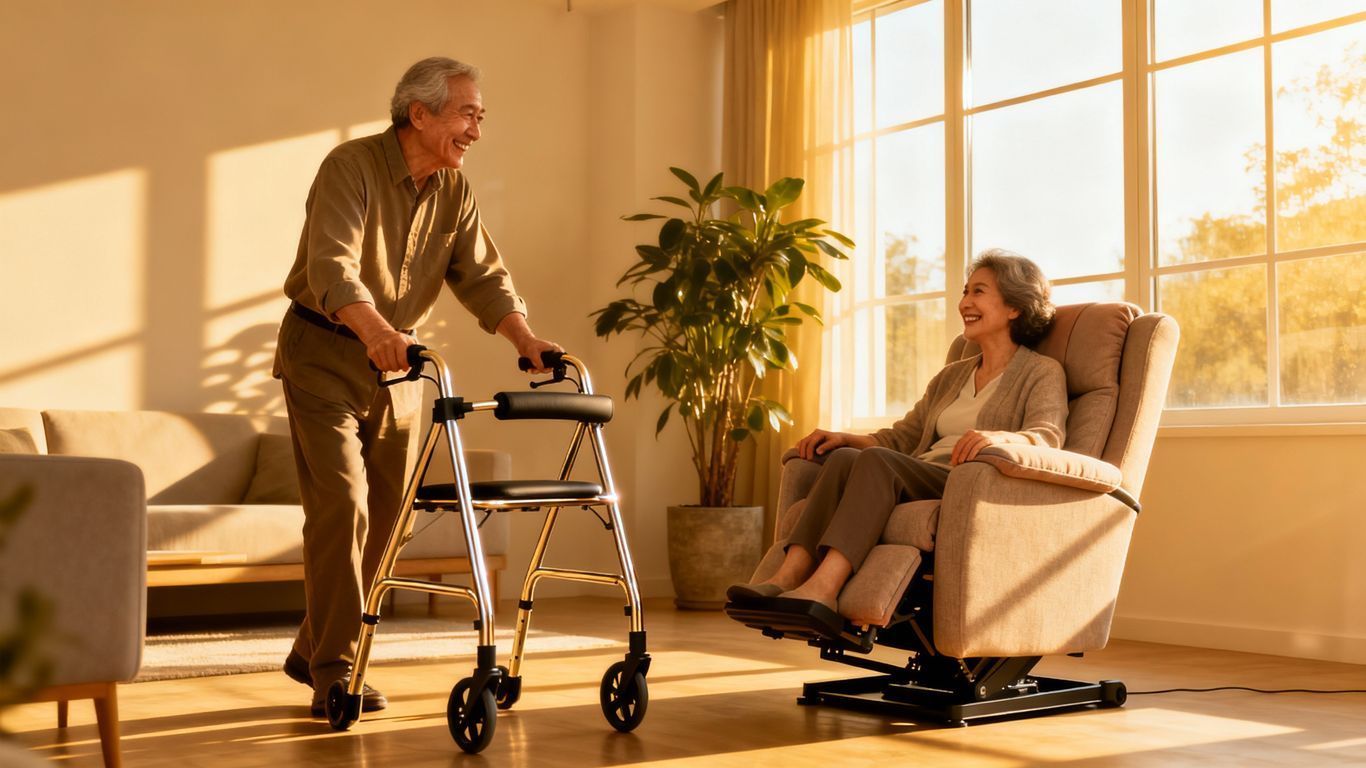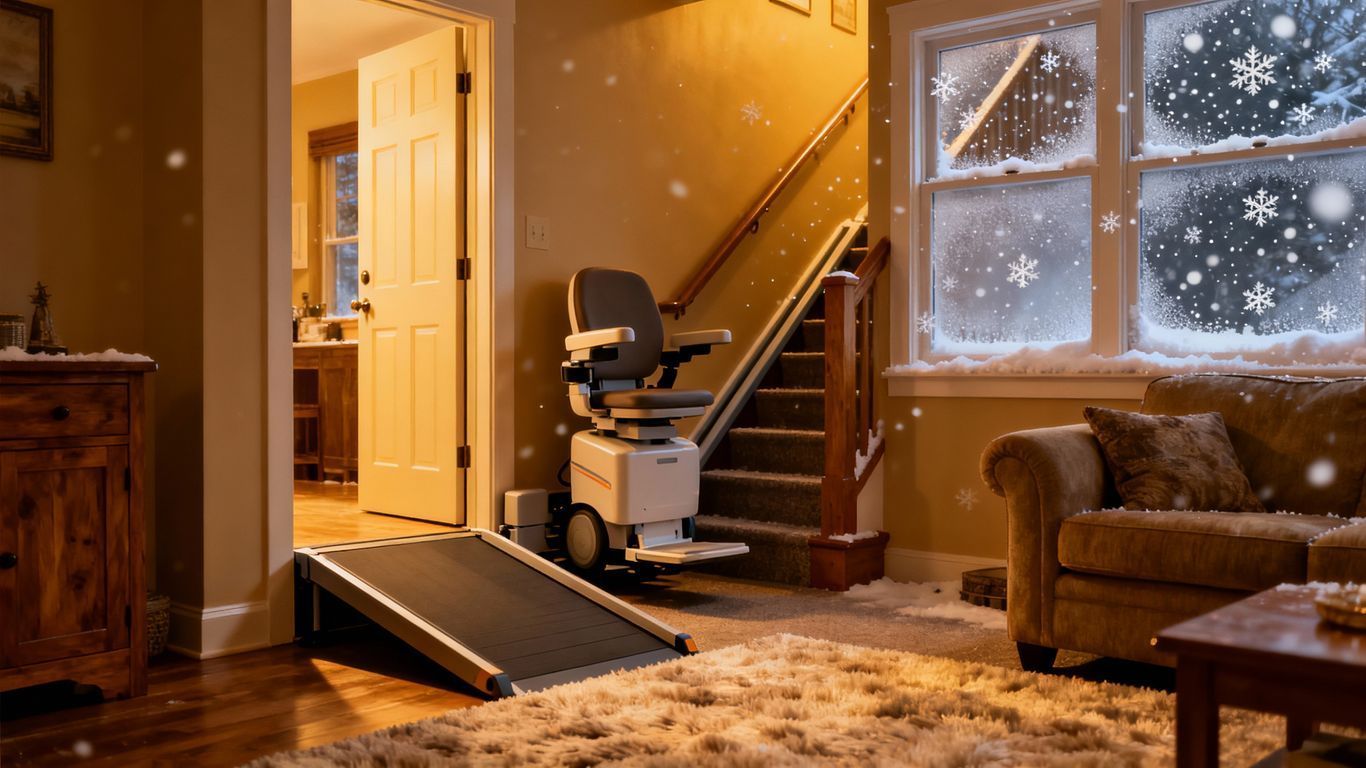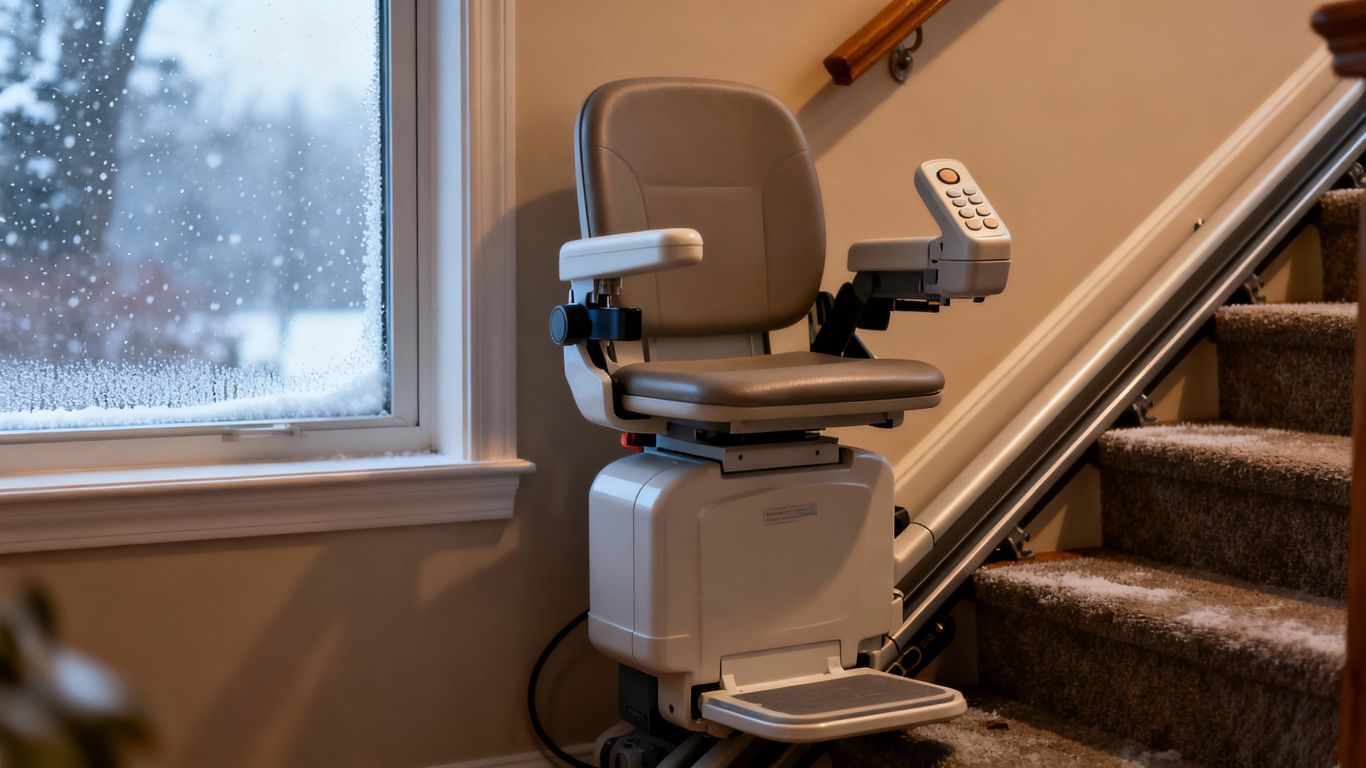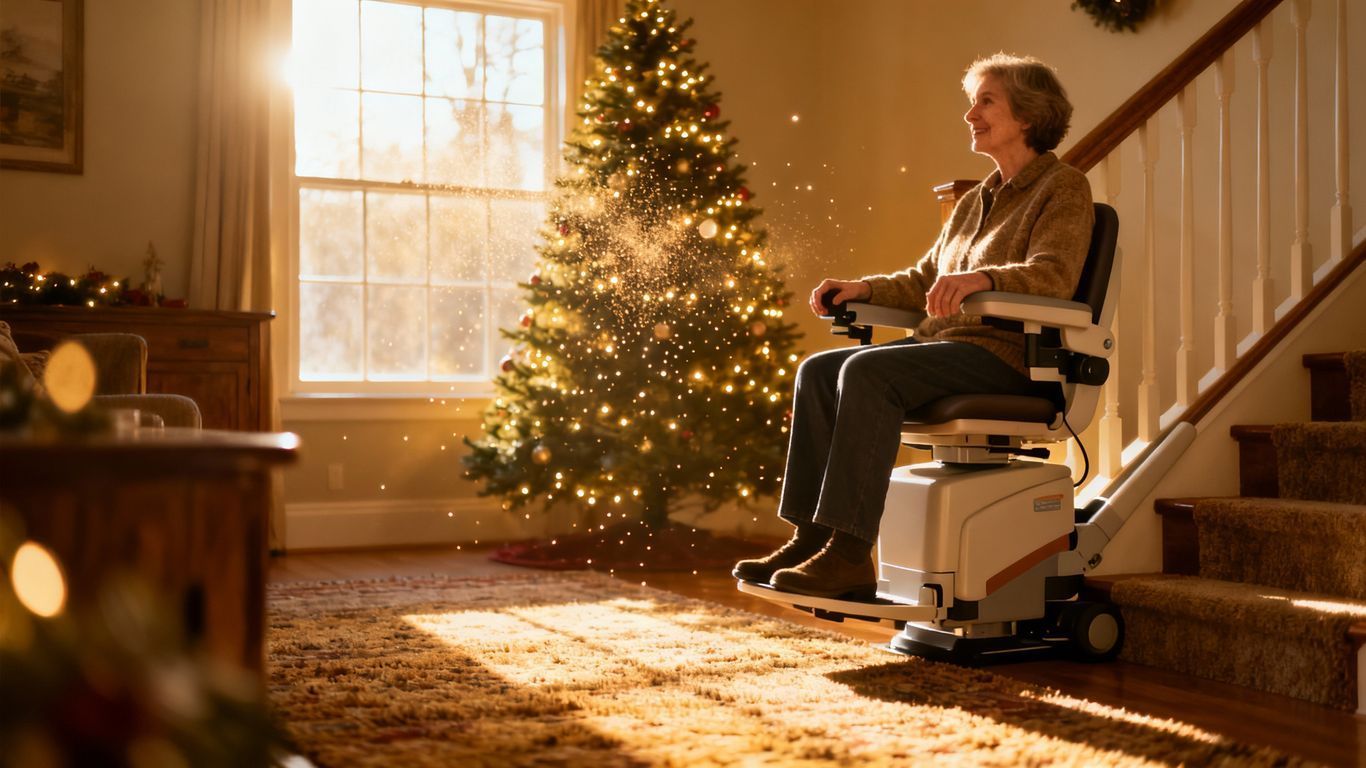How Often Should You Service Your Wheelchair Lift in North Georgia? Tips for Safe Travel Year-Round
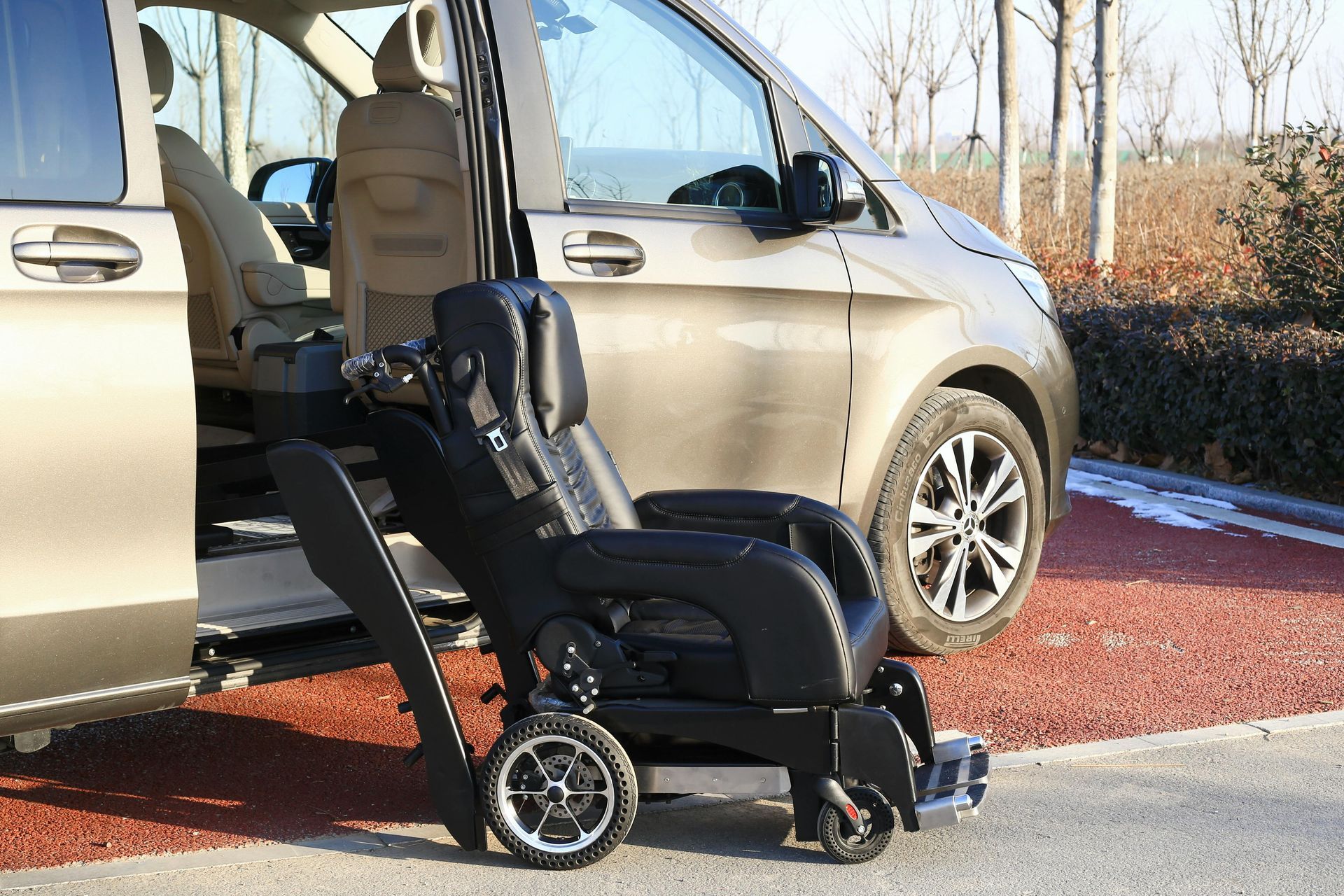
If you use a wheelchair lift in North Georgia, you know how important it is for getting around. But how often should you get it checked out? Keeping your lift in good shape isn't just about making it last longer; it's also about staying safe. This article will help you figure out the best schedule for wheelchair lift maintenance Georgia, so you can travel without worry, no matter the season.
Key Takeaways
- Regular checks on your wheelchair lift are super important for safety. Don't skip them.
- Things like the weather in North Georgia can really affect how often your lift needs looking at.
- If your lift starts making weird noises or acting funny, get it checked right away.
- When looking for someone to fix your lift, make sure they know what they're doing and have good certifications.
- Doing small checks yourself is good, but a pro should handle the big stuff to avoid major problems later.
Understanding Wheelchair Lift Maintenance in Georgia
Why Regular Servicing is Crucial for Safety
Let's be real, nobody wants to think about their wheelchair lift breaking down. But ignoring maintenance? That's just asking for trouble. Regular servicing is the best way to keep your lift running smoothly and, more importantly, safely. Think of it like this: you wouldn't skip oil changes on your car, right? Same deal here. A well-maintained lift reduces the risk of accidents and keeps you moving.
- Prevents unexpected breakdowns
- Extends the lifespan of your lift
- Ensures smooth and reliable operation
Key Components Requiring Attention
Okay, so what exactly needs checking? Well, it's more than just a quick glance. We're talking about the guts of the system. Things like the motor, the platform, the safety sensors, and all those cables and wires. Each part plays a role, and if one thing goes wrong, the whole system can be affected. Don't forget the batteries if it's a battery-powered lift! Keeping an eye on these components can save you from major headaches down the road. You can find more information about wheelchair options and accessories online.
Impact of North Georgia Weather on Lifts
North Georgia weather can be a bit of a rollercoaster, right? One day it's sunny and mild, the next it's pouring rain or even snowing. All that weather can really take a toll on your wheelchair lift. Extreme temperatures can affect the lift's mechanics, and moisture can lead to rust and corrosion. It's important to consider these factors when planning your maintenance schedule.
Living in North Georgia means dealing with humidity, which can cause electrical components to corrode faster. Also, sudden temperature changes can affect the lift's hydraulic system, leading to performance issues. It's a good idea to have your lift inspected more frequently if you live in an area with harsh weather conditions.
Recommended Service Intervals for Wheelchair Lifts
Manufacturer Guidelines and Their Importance
Okay, so you've got a wheelchair lift. Cool! But how often should you actually get it checked out? Well, the first place to look is the manufacturer's guidelines. Seriously, dig out that manual (or find it online). These guidelines are based on rigorous testing and are tailored to your specific lift model. They'll tell you exactly how often to schedule maintenance to keep everything running smoothly. Ignoring these guidelines is like ignoring the instructions on a new gadget – you might get away with it for a while, but eventually, something's gonna break.
Factors Influencing Service Frequency
It's not just about what the manual says, though. A few things can change how often you need service. Think about how much you use the lift. If you're using it multiple times a day, every single day, you're going to need regular six-month check-ups more often than someone who only uses it once a week. Also, consider the environment. North Georgia can be tough on equipment. Humidity, temperature swings, and even the occasional pollen bomb can all affect how well your lift operates.
Here's a quick list of factors:
- Usage frequency
- Environmental conditions
- Age of the lift
- Weight capacity regularly used
Seasonal Adjustments for Optimal Performance
North Georgia weather is no joke. You might need to tweak your maintenance schedule depending on the season.
During the summer, the heat can cause hydraulic fluids to thin out, which can affect the lift's performance. In the winter, cold temperatures can make the metal components contract, potentially leading to cracks or other damage. It's a good idea to have your lift inspected before the start of each season to make sure it's ready for whatever Mother Nature throws at it.
Think about it like this:
- Spring: Check for any damage from winter weather.
- Summer: Monitor hydraulic fluid levels and watch for overheating.
- Fall: Prepare the lift for colder temperatures.
- Winter: Be extra cautious about ice and snow buildup.
Signs Your Wheelchair Lift Needs Immediate Attention
Unusual Noises and Vibrations
Okay, so your wheelchair lift is making some weird sounds? That's not a good sign. It could be anything from a loose bolt to something way more serious. Pay attention to any new noises, like grinding, squealing, or clunking. If you're feeling excessive vibrations when the lift is in use, that's another red flag. Ignoring these things can lead to bigger problems down the road. Think of it like your car – you wouldn't ignore a weird noise coming from the engine, right? Same deal here. Get it checked out.
Slow or Erratic Operation
Is your lift moving slower than usual? Or maybe it's starting and stopping unexpectedly? That's erratic operation, and it's a sign something's not right. It could be a problem with the motor, the hydraulics, or even the electrical system. Don't just assume it's a minor glitch. Slow or jerky movements can be dangerous, especially if you're relying on the lift to get you safely from one level to another. Here are some things to watch out for:
- Lift hesitates or stalls during operation.
- Inconsistent speed when going up or down.
- Sudden stops or starts.
Visible Wear and Tear on Components
Take a good look at your lift. I mean, really look at it. Are there any obvious signs of wear and tear? Check the cables, the platform, the safety latches, and all the moving parts. Look for things like:
- Frayed or damaged cables.
- Cracks or bends in the platform.
- Rust or corrosion on metal parts.
- Loose or missing bolts.
If you see any of these things, don't wait. Get it fixed. Ignoring wheelchair lift maintenance can turn a small problem into a major (and expensive) repair. Plus, it's about your safety.
It's easy to overlook small issues, especially if the lift seems to be working okay overall. But those small issues can quickly become big problems. Regular visual inspections are key to catching wear and tear before it becomes a safety hazard. Don't hesitate to call a professional if you see anything that concerns you.
Finding Qualified Wheelchair Lift Maintenance Georgia Providers
What to Look for in a Service Technician
Finding the right person to work on your wheelchair lift is important. You want someone who knows what they're doing. Look for a technician with experience specifically with wheelchair lifts. Ask about their training and how long they've been working on these types of devices. A good technician should also be able to explain the problem and the solution in a way that you understand, not just technical jargon. They should also be reliable and show up on time.
Importance of Certified Professionals
Using certified professionals for wheelchair lift maintenance gives you extra peace of mind. Certification often means the technician has met certain standards and has the necessary skills to do the job correctly. Certified technicians usually have ongoing training to stay up-to-date with the latest technology and safety procedures. It's a good way to make sure you're getting someone who is qualified and committed to doing quality work.
Questions to Ask Potential Providers
Before hiring someone to service your wheelchair lift, ask these questions:
- "Are you certified to work on wheelchair lifts?"
- "How much experience do you have with my specific lift model?"
- "Can you provide references from other customers?"
- "What is your process for diagnosing and repairing problems?"
- "Do you offer any warranties on your work?"
Asking these questions can help you assess their knowledge, experience, and commitment to customer satisfaction. It's better to be thorough upfront than to deal with problems later on. Don't be afraid to ask for clarification if you don't understand something. A good provider will be happy to answer your questions and address your concerns.
DIY Checks Versus Professional Wheelchair Lift Maintenance
Simple User Inspections You Can Perform
Okay, so you've got a wheelchair lift. That's great! But keeping it running smoothly doesn't always mean calling a professional. There are some basic things you can check yourself to keep things in decent shape. Think of it like checking the oil in your car – simple, but important.
Here's a quick rundown:
- Visual Check: Look for anything obviously broken, loose, or out of place. This includes checking for rust, cracks, or frayed wires.
- Cleanliness: Keep the lift clean! Dirt and debris can mess with the moving parts. A simple wipe-down can do wonders.
- Safety Features: Make sure the safety features, like the emergency stop button, are working correctly. Test them regularly. Don't just assume they're fine.
When to Call in the Experts
Alright, so you've done your basic checks, but sometimes, things are beyond a simple DIY fix. That's when you need to call in the pros. Don't try to be a hero and risk making things worse (and potentially dangerous!).
Here are some situations where you absolutely need a qualified technician:
- Electrical Issues: If you're dealing with anything electrical, step away. Seriously. Unless you're a trained electrician, this is a no-go zone.
- Mechanical Problems: If the lift is making weird noises, moving erratically, or just not working right, it's time to call for help. Don't try to force it.
- Major Repairs: Anything involving replacing major components or doing significant repairs should be left to the experts.
Trying to fix complex issues yourself can void warranties and potentially lead to serious injuries. It's better to be safe than sorry.
Avoiding Costly Repairs Through Proactive Care
The best way to avoid expensive repairs down the road is to take care of your wheelchair lift now. Regular maintenance, both DIY and professional, can save you a lot of money and hassle in the long run. It's all about being proactive.
Here are some tips to keep in mind:
- Follow the Manufacturer's Recommendations: Stick to the recommended service intervals and maintenance guidelines provided by the manufacturer.
- Keep a Maintenance Log: Keep track of all inspections, repairs, and maintenance performed on the lift. This will help you identify any recurring issues.
- Address Issues Promptly: Don't ignore small problems. Addressing them early can prevent them from turning into bigger, more expensive problems later on.
Ensuring Safe Travel Year-Round with Proper Maintenance
Preparing Your Lift for Winter Conditions
Winter in North Georgia can be pretty unpredictable. One day it's sunny, the next you're dealing with ice. That's why getting your wheelchair lift ready for the cold is super important.
- Check the battery. Cold weather drains batteries faster, so make sure yours is in good shape. Maybe even consider a new one if it's been a while.
- Lubricate everything. Use a good quality lubricant that won't freeze up in low temperatures. Pay special attention to moving parts.
- Inspect for ice buildup. Ice can mess with the lift's mechanisms, so clear it off before using it. A little preventative de-icer spray can help too.
Summer Heat and Its Effects on Lift Systems
Summer might seem easier on your lift, but the heat can cause problems too. Overheating is a big concern, especially if you're using the lift a lot.
- Keep it shaded. If possible, park in the shade to prevent the lift from baking in the sun.
- Check for fluid leaks. Heat can cause seals to expand and leak, so keep an eye out for any drips.
- Don't overload it. Heat makes everything work harder, so stick to the weight limit.
Emergency Preparedness for Lift Users
No one wants to think about emergencies, but it's better to be prepared. Having a plan in place can make a huge difference if something goes wrong with your lift. When checking a wheelchair lift, inspect metal parts for rust.
- Keep a charged cell phone with you. This way, you can call for help if you get stuck.
- Have a backup plan. Know who to call and what to do if the lift breaks down while you're out.
- Carry a small toolkit. A few basic tools can help with minor fixes.
It's a good idea to have a list of emergency contacts readily available. Include family members, your service technician, and local emergency services. Keep this list in an accessible place, like your wallet or attached to your wheelchair. Knowing who to call can save precious time in a stressful situation.
Keeping your ride in top shape is key for safe trips, no matter the season. Don't wait for trouble to strike; a little care goes a long way. Find out more about how to keep your vehicle running smoothly by visiting our site today!
Wrapping Things Up
So, there you have it. Keeping your wheelchair lift in good shape isn't just about following rules; it's about making sure you can get around safely, no matter what North Georgia weather throws at you. Regular check-ups and a little bit of care go a long way. Don't wait until something feels off to get it looked at. A little proactive maintenance now can save you a lot of headaches later, and it means you can keep enjoying everything our beautiful region has to offer, without any worries about your ride.
Frequently Asked Questions
How often should I get my wheelchair lift serviced?
Most wheelchair lift makers suggest getting your lift checked out at least once a year. But how often you really need to do it can change based on how much you use it and the weather in North Georgia. If you use it a lot, or if it's super cold or hot, you might need checks more often.
Does North Georgia's weather affect how my lift works?
Yes, the weather here in North Georgia can really mess with your lift. Cold winters can make parts stiff or crack, and hot summers can make the motor work harder. Rain and humidity can also cause rust. Regular check-ups help make sure these weather changes don't break your lift.
What are the signs that my lift needs a repair right away?
You should call a pro if your lift starts making strange noises like squeaks or grinding, or if it moves slowly or stops suddenly. Also, if you see any parts that look broken, worn out, or rusty, it's time to get a professional to look at it right away.
How can I find a good person to fix my wheelchair lift?
When looking for someone to fix your lift, make sure they are trained and have special certifications for wheelchair lifts. Ask them about their experience, if they have insurance, and if they offer emergency help. It's good to pick someone who knows a lot about different kinds of lifts.
What can I check on my lift by myself, and when do I need a professional?
You can do simple checks yourself, like making sure all the buttons work and that the lift moves smoothly. You can also wipe it down to keep it clean. But for anything more serious, like checking the motor or electrical parts, you need a trained expert. Trying to fix complex issues yourself can be dangerous and might cause more problems.
What can I do to keep my lift safe and working well all year?
To keep your lift safe all year, make sure it's covered and protected from rain and snow in winter. In summer, check that it doesn't get too hot, especially the motor. Always keep the area around the lift clear. Having a plan for what to do if your lift breaks down when you're out is also a smart idea.

